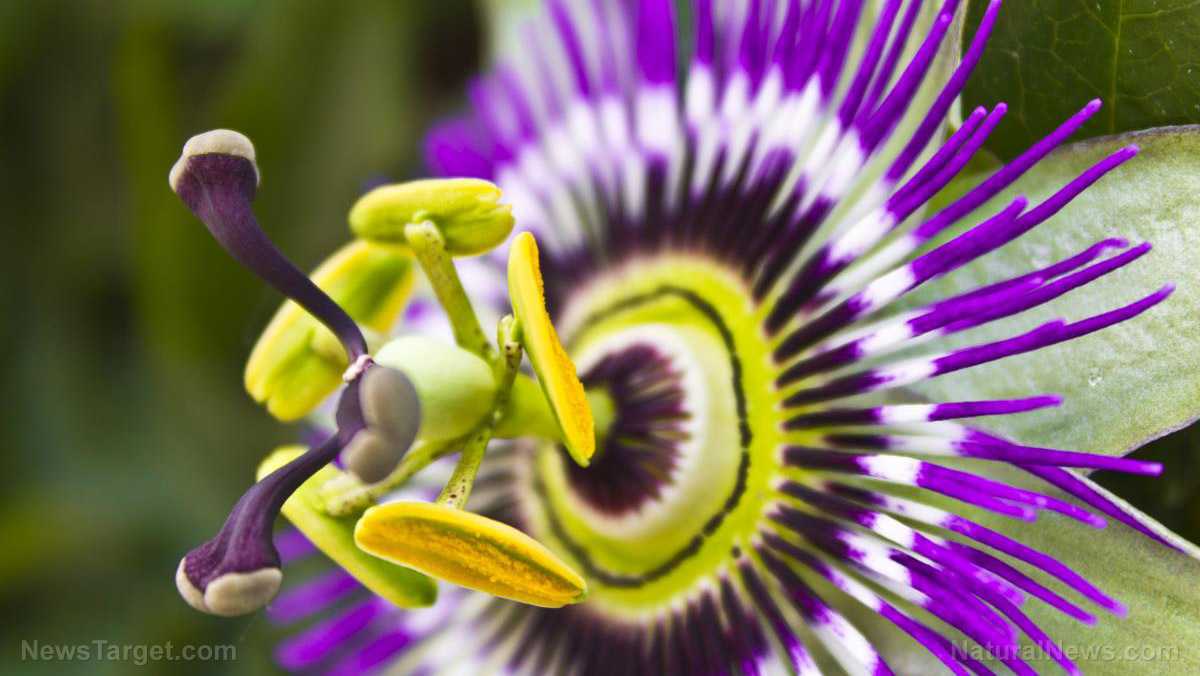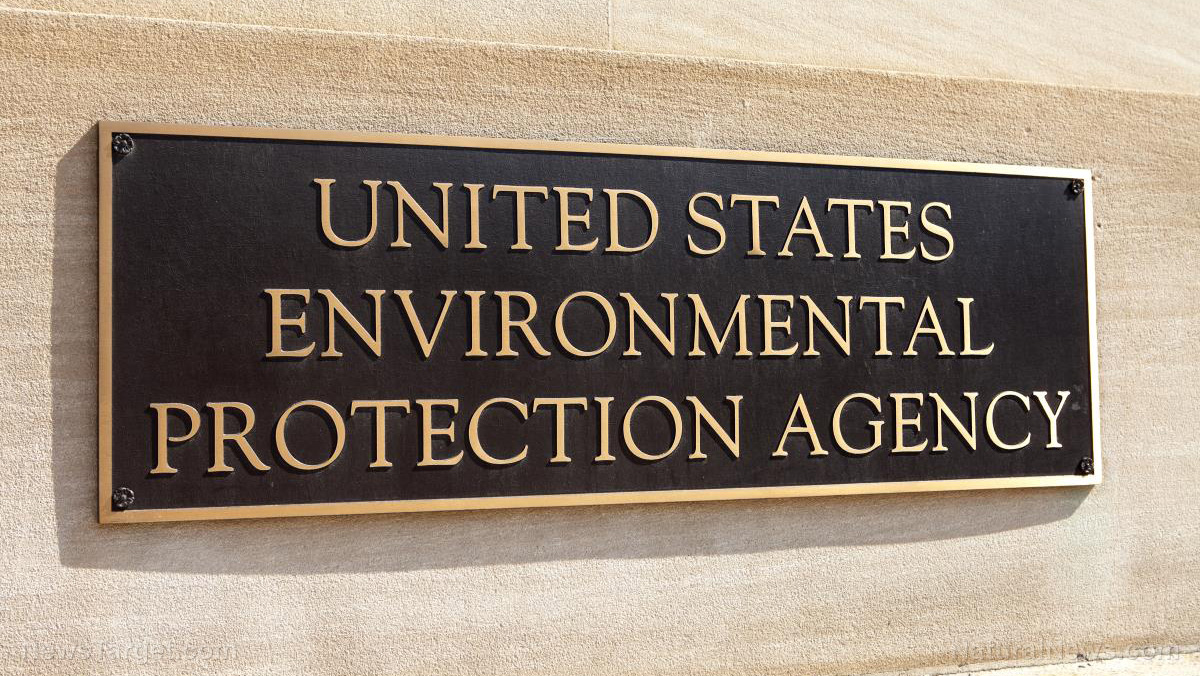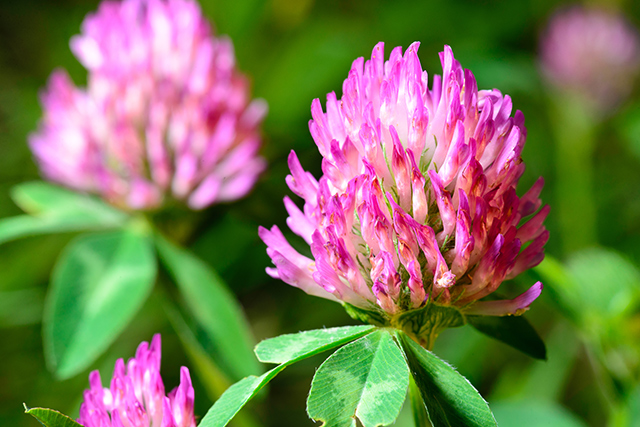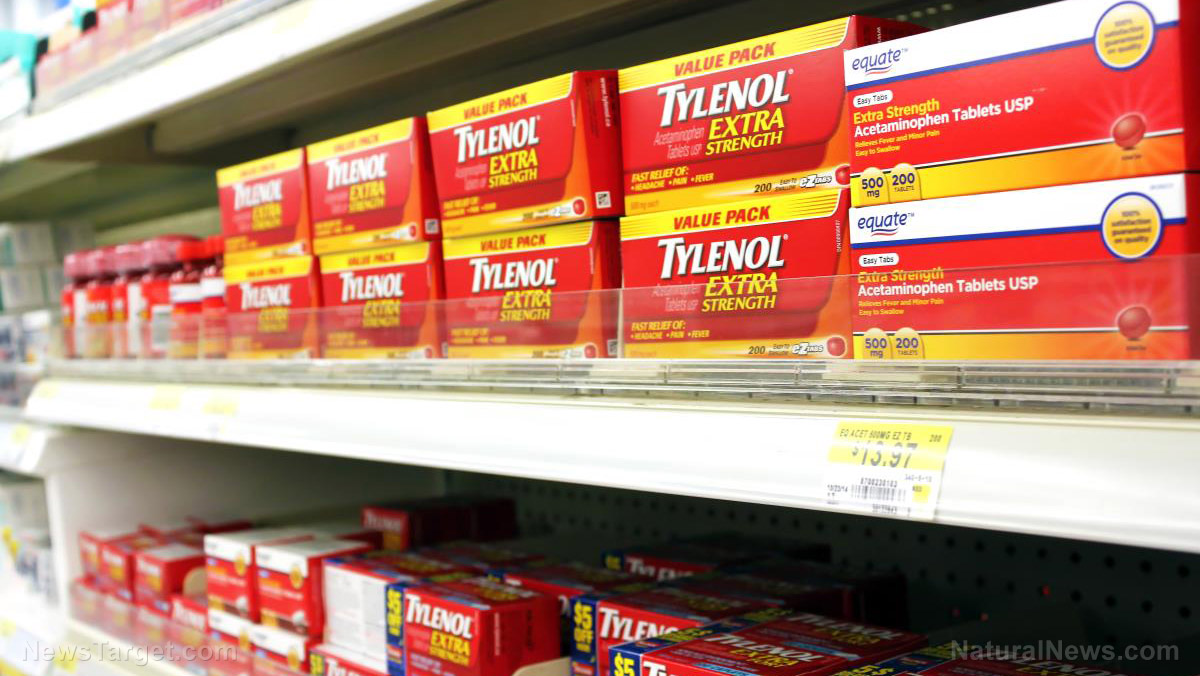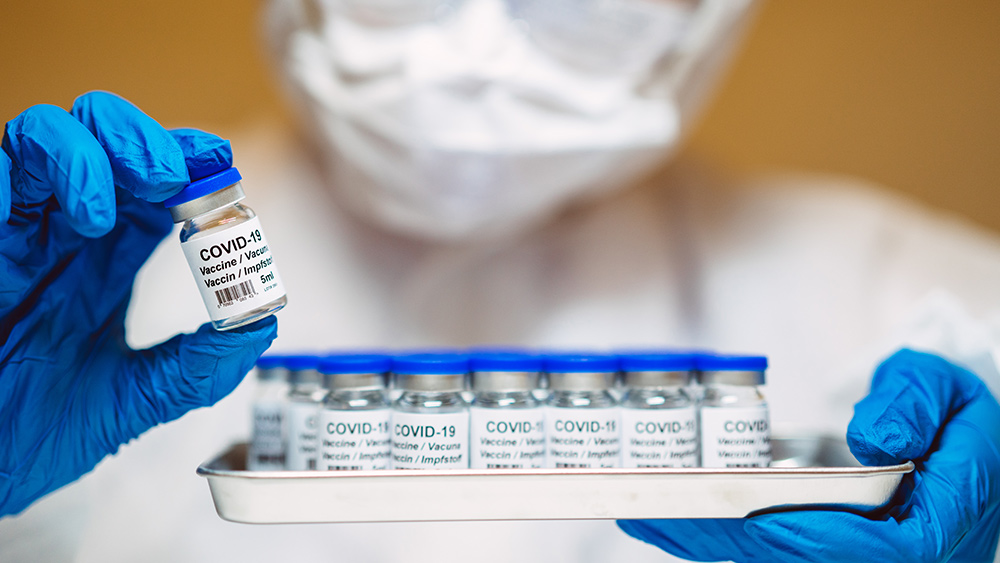 Parler
Parler Gab
Gab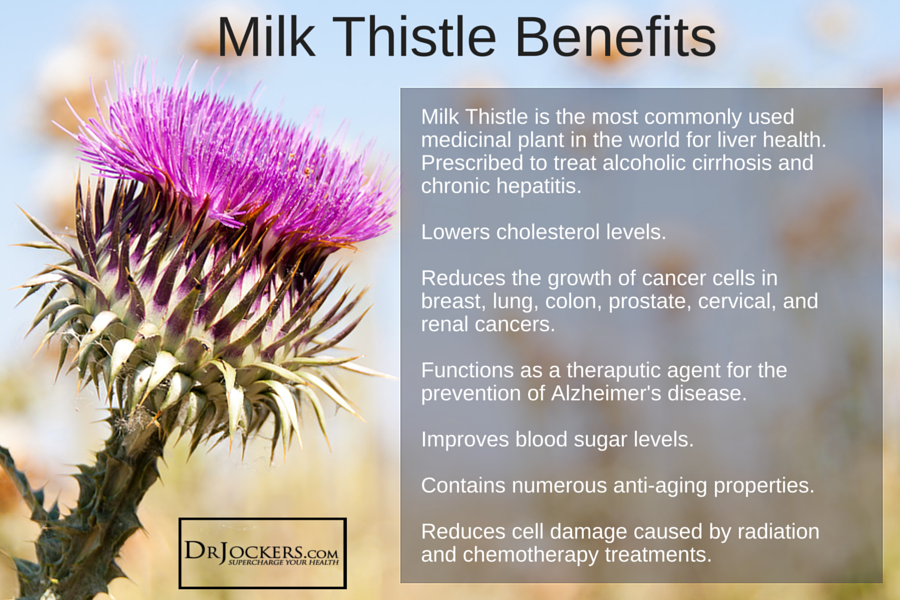
- The liver performs over 500 vital functions, including detoxification and hormone regulation, but faces increasing stress from environmental toxins, processed foods and pollutants, contributing to widespread liver dysfunction.
- Used since ancient times for liver ailments, milk thistle gained modern credibility in 1968 with the discovery of silymarin, its active compound, now proven to protect and regenerate liver cells.
- Silymarin aids in fat breakdown (lipolysis), helping address non-alcoholic fatty liver disease (NAFLD) and metabolic syndrome, which affect 25% of the global population.
- Standardized extracts (70–80% silymarin, 420 mg/day) are recommended, though caution is advised for allergies or medication interactions. As environmental toxins rise, milk thistle bridges ancient wisdom and modern science for liver resilience.
Ancient medicine
Milk thistle has been used for millennia. It wasn't until modern times that its effectiveness was proven scientifically.- Milk thistle’s use spans millennia, from Dioscorides’ 1st-century treatments to European folk remedies for mushroom poisoning.
- Its modern resurgence stems from 1968 silymarin discovery, validating its anecdotal benefits and catalyzing scientific exploration.
- The compound’s tested efficacy resonates today as environmental toxins and metabolic diseases grow more pervasive, making age-old herbs like milk thistle urgently valuable.
The liver’s burden in a toxic world
Weighing just three pounds, the liver filters two quarts of blood every minute while neutralizing toxins, metabolizing drugs and nourishing the body with essential nutrients. However, modern life has pushed this organ to its limits. The World Health Organization estimates that one in three people globally faces impaired liver function, with industrial chemicals, pharmaceuticals and dietary pollutants like trans fats compounding stress. As environmental scientist Dr. Elena Torres explains, “The liver [is] both a warrior and a casualty in the body. Its relentless detox work is why symptoms like fatigue, bloatedness and skin rashes often signal its decline.” This is where milk thistle steps in—a natural ally to restore balance to this vital organ.From antiquity to cutting-edge science: Milk thistle’s evolving legacy
Humanity’s first documented use of milk thistle dates back to 1st-century Greece, where physician Dioscorides prescribed it to counter “Liver Distempers,” a catchall term for jaundice and inflammation. Centuries later, medieval healers relied on it to combat poisoning from the “death cap” mushroom (Amanita phalloides), a lethal fungus whose amatoxins ravage the liver. Yet, it wasn’t until 1968 that German researchers isolated silymarin—a flavonoid complex—identifying it as the plant’s active protector. This discovery marked a turning point, sparking decades of studies that confirmed milk thistle’s efficacy. As the review in Food Science and Nutrition concludes, silymarin does far more than ancient healers could have imagined—it revitalizes liver cells, blocks toxin entry and reigns in damaging inflammation.Silymarin’s three-pronged liver rescue plan
Today, scientists are unraveling silymarin’s multipronged mechanism of action. Clinical trials cited in the review reveal this compound’s prowess in three critical areas: 1. Direct liver cell protection Silymarin acts as a “guardian” at the cellular level, preventing toxins like heavy metals and pesticides from infiltrating liver cells. Once inside, it jumpstarts regeneration by bolstering protein synthesis. “It’s like a repair crew,” says study author Dr. Rajiv Patel, “restoring damaged cells while shielding healthy ones.” 2. Antioxidant and detox powerhouse The liver’s natural antioxidant, glutathione, declines under toxic assault. Silymarin counteracts this by boosting glutathione production through enhanced cysteine availability—a key amino acid. This not only neutralizes free radicals but also supercharges the organ’s intrinsic detox machinery. 3. Anti-inflammatory calming Chronic inflammation—often spurred by fatty diets or viral infections—can lead to hepatitis or cirrhosis. Silymarin steps in by modulating cytokines like tumor necrosis factor-alpha, soothing inflammation without over-suppressing the immune system.Beyond detox: Silymarin’s metabolic role in beating “fatty liver”
Beyond its detox reputation, silymarin is emerging as a metabolic player. As the review highlights, 2021 research showed daily 420 mg of silymarin reduced abdominal fat and trimmed waistlines—a link to its role in prompting fat breakdown (lipolysis). This is critical as non-alcoholic fatty liver disease (NAFLD) now plagues 25% of the global population, often linked to metabolic syndrome. “Obesity and liver disease are intertwined,” notes hepatologist Dr. Maria Gonzalez, “and milk thistle appears to influence both simultaneously.”Choosing the right milk thistle supplement: Safety, form and dose
While milk thistle is generally safe—with mild digestive upsets being the most common side effect—it demands careful selection. Opt for standardized extracts containing 70–80% silymarin, ideally in phospholipid form, which enhances absorption. The gold standard dose, per holistic experts, is 420 mg daily. However, those allergic to ragweed, daisies, or marigolds should avoid it, as cross-reactivity can occur. Always consult a provider, especially if on medications, as silymarin may alter drug metabolism.The future of liver health meets ancient wisdom
As toxin exposure skyrockets and liver diseases become a silent epidemic, solutions rooted in traditions offer promise. Milk thistle’s journey from ancient medication to lab-approved supplement reflects a broader truth: nature’s/pharmaceutical innovations often mirror centuries-old wisdom. For modern consumers navigating a pollution-saturated world, this herbal ally may just be what it takes to keep the body’s “toxic cleanup crew” running at peak performance. “The liver doesn’t stop working even when it’s damaged,” concludes Dr. Patel. “But with milk thistle, we can give it stopgap support when it needs it most.” In a world where 80% of plastics end up in soil and waterways, and industrial chemicals threaten even pristine environments, the humble milk thistle stands as a timeless beacon of hope—one seed at a time. Sources include: NaturalHealth365.com Examine.com Top5Supplements.comPassionflower: From ancient symbol to modern natural remedy
By Ava Grace // Share
5 Therapeutic herbs for sciatica
By News Editors // Share
Trump EPA shuts down Biden-era environmental museum
By Laura Harris // Share
Red Clover: A versatile healing plant with many health benefits
By Ava Grace // Share
Governments continue to obscure COVID-19 vaccine data amid rising concerns over excess deaths
By patricklewis // Share
Tech giant Microsoft backs EXTINCTION with its support of carbon capture programs
By ramontomeydw // Share
Germany to resume arms exports to Israel despite repeated ceasefire violations
By isabelle // Share
